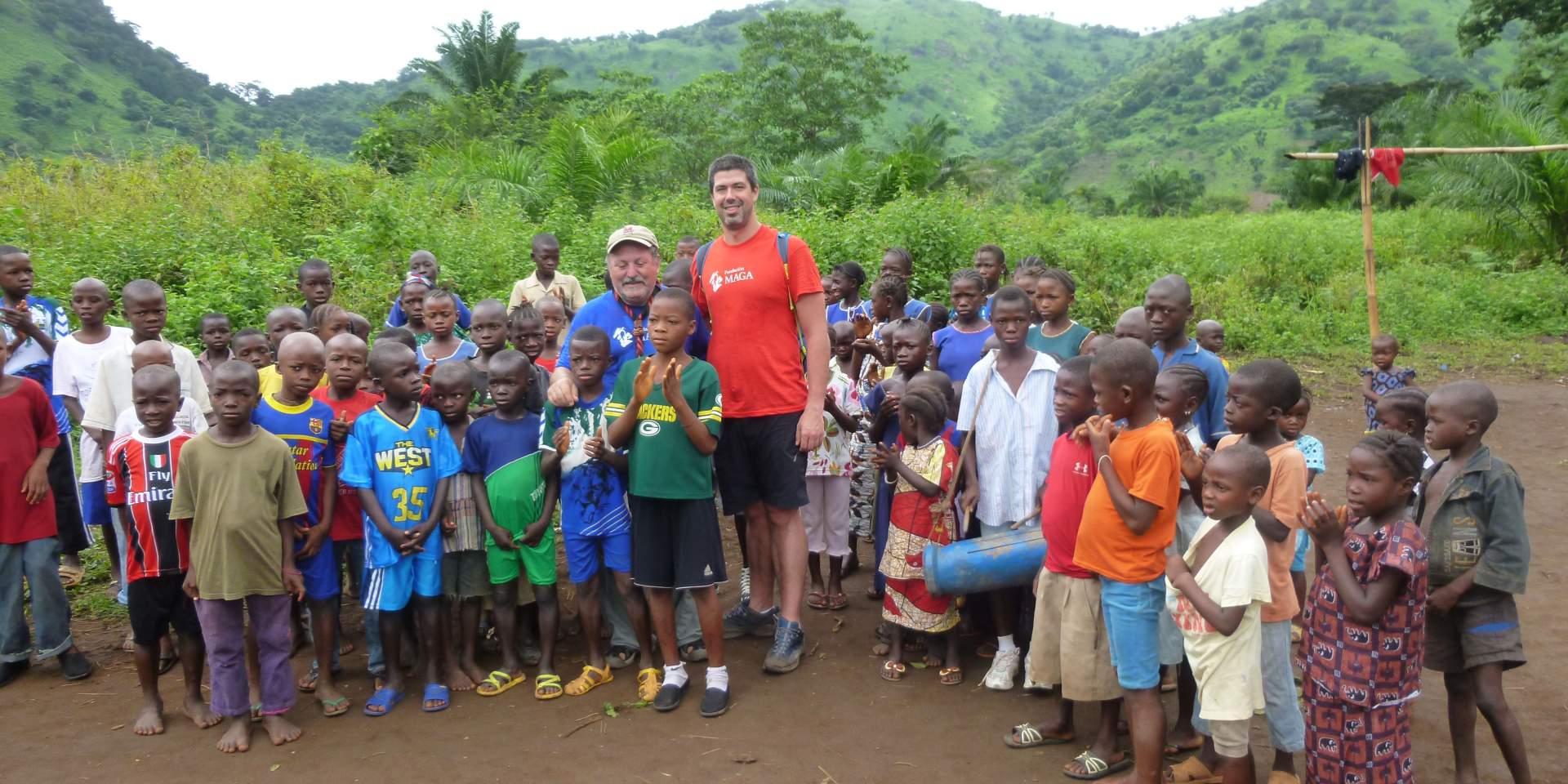School and well in the village of Kathombo
New school in this village, a project included in "Education in remote villages".
Issue
Sierra Leone’s destructive civil war has left a vulnerable child population at risk. Nearly 30 per cent of the country’s children have no access to education. The war led to the closure of many schools and in remote areas it is still difficult for some children to go to school.
In addition, many of them are forced to work, which has a negative impact on their education due to absence from school. In most cases, parents are not aware of the importance of education for their children.
In the case of the village of Kathombo, it is so isolated that it is an 8km walk from the nearest accessible point by car, its residents got involved in the construction of the school, carrying 50 kg sacks of sand and stone from the river to the village to make cement, thus making the villagers feel like the project belongs to them and value their work and feel part of it.
Project Description
The school has several classrooms and a water well, as the lack of access to drinking water causes infections due to the bacteria that live in non-potable water and they cause illness and even death.
Without a water well the population of these villages are forced to drink and use water from the nearest rivers.
Results
We built a school in this remote village in Sierra Leone and 100 children from neighbouring areas have access to education. This project means that children no longer have to travel several kilometres to go to school. The water well prevents diseases and improves livelihoods. The following figure helps us to better understand the problem: every 4 seconds a person dies worldwide due to lack of water, and the mortality rate is higher in countries with water shortages and diseases.
8.629524, -11.805405
Comments
Elizabeth Janet Sesay: “The school has helped to address the issue of the high illiteracy rate. Previously there were no schools in the area and children had to walk long distances to go to the nearest school. The communities are located in a mountainous region inaccessible to motor vehicles and many parents were afraid to send their girls because of the risks of walking in these remote areas. With the school, the number of girls has increased, putting an end to early marriages. There has been a marked improvement in the number of children passing National Primary School exams and many are now pursuing their secondary education.
The communities use the classrooms to hold their religious services and other social gatherings. They have provided a common ground for communities to meet and discuss issues of concern.
There are no government teachers due to the remoteness. With the construction of the school, community leaders have been able to provide an expense for local teachers to teach the children.”

